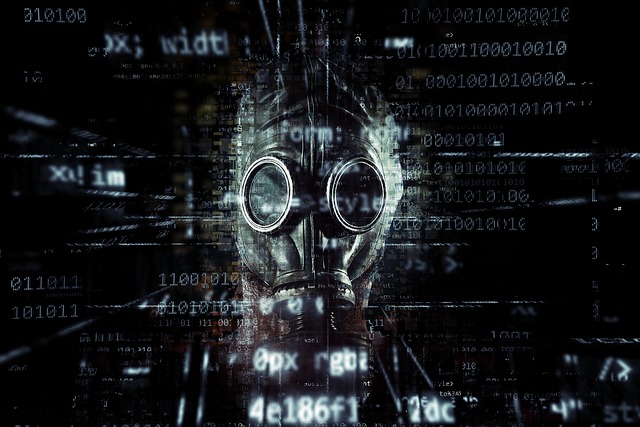Introduction: The Heart's Cosmic Gauntlet
As humanity pushes further into space, astronauts face an environment fundamentally alien to Earth: one saturated with high-energy space radiation. Beyond our planet's magnetic shield, galactic cosmic rays (GCRs) and solar particle events (SPEs) pose profound health threats. Among the most significant concerns is the long-term impact on the cardiovascular system. This article delves into how space radiation affects astronauts' hearts and blood vessels, and the ongoing efforts to safeguard them for missions to the Moon, Mars, and beyond.
Understanding Space Radiation: Beyond Earth's Shield
Space radiation differs dramatically in intensity and composition from terrestrial radiation. It primarily consists of: 1. **Galactic Cosmic Rays (GCRs):** A constant shower of high-energy protons and heavy nuclei (like iron) traveling near the speed of light, originating from distant supernovae. 2. **Solar Particle Events (SPEs):** Sporadic, intense bursts of energetic protons and other particles ejected from the Sun during solar flares or coronal mass ejections. These particles readily penetrate typical spacecraft shielding and human tissue, depositing energy that can damage cells.
Why the Cardiovascular System is at Risk

Research indicates the cardiovascular system is surprisingly sensitive to the unique damage patterns of space radiation. Chronic exposure, even at the relatively low dose rates found in deep space, can initiate or accelerate cardiovascular diseases through effects such as:
- Accelerated Atherosclerosis: Faster plaque buildup in arteries.
- Heightened Heart Disease & Stroke Risk: Increasing the likelihood of major cardiac events years after exposure.
- Endothelial Dysfunction: Impairment of the critical inner lining of blood vessels, affecting blood flow regulation.
- Cardiac Remodeling & Fibrosis: Harmful changes to the heart muscle structure, potentially leading to stiffness and heart failure.
- Altered Blood Pressure Regulation & Heart Rhythms: Disruptions to normal cardiovascular function.
How Radiation Damages Heart and Vessels

Space radiation harms cardiovascular tissues through intricate pathways. Direct hits can damage DNA within heart and vessel cells, potentially causing mutations or cell death. Indirectly, radiation generates excessive reactive oxygen species (ROS) – unstable molecules that overwhelm the cell's natural antioxidant defenses. This 'oxidative stress' triggers chronic inflammation, a key driver of cardiovascular disease development.
Scientists use models and simulations to understand these complex interactions. The following Python code provides a highly simplified, illustrative example of how oxidative stress might be represented conceptually, **not** a biologically precise calculation:
# Illustrative Example: Conceptual Oxidative Stress Index
import numpy as np
def conceptual_oxidative_stress(ros_level, antioxidant_defense):
"""Calculates a simplified, conceptual index of oxidative stress.
Note: This is for demonstration only, not biological modeling.
"""
# Avoid division by zero or near-zero
safe_antioxidant_defense = max(antioxidant_defense, 1e-9)
stress_index = np.log10(ros_level / safe_antioxidant_defense)
return stress_index
# Example values
ros_production_simulated = 150 # Arbitrary units of ROS
antioxidant_capacity_simulated = 75 # Arbitrary units of defense
stress = conceptual_oxidative_stress(ros_production_simulated, antioxidant_capacity_simulated)
print(f"Conceptual Oxidative Stress Index: {stress:.2f}")Protecting the Crew: Countermeasures and Research
Ensuring astronaut cardiovascular health on long missions requires a layered defense strategy, as no single solution is sufficient. Key areas of development and implementation include:
- Advanced Shielding: Designing materials and spacecraft structures (including potential water walls or habitats built into regolith) to absorb more radiation.
- Biomedical Countermeasures: Investigating radioprotective drugs, antioxidants, and specific nutritional strategies.
- Personalized Medicine: Assessing individual radiation sensitivity to tailor monitoring and countermeasures.
- Vigilant Health Monitoring: Continuous tracking of cardiovascular biomarkers during and after flights.
- Optimized Exercise Regimens: Tailored workouts to bolster cardiovascular resilience against both radiation and microgravity effects.
- Mission Planning: Scheduling deep-space activities to potentially avoid the peak of predictable large SPEs.
The Path Forward: Research for Deep Space Exploration
Understanding and mitigating space radiation's cardiovascular risks is paramount for enabling long-duration missions to Mars and beyond. Active research focuses on refining risk models using data from ground-based accelerators (simulating GCRs) and long-term astronaut health studies. Identifying reliable biomarkers of radiation exposure and cardiovascular damage, and testing novel protective agents are critical priorities. Ultimately, ensuring astronauts can live and work safely in deep space depends on successfully addressing this invisible cosmic threat to the heart.
